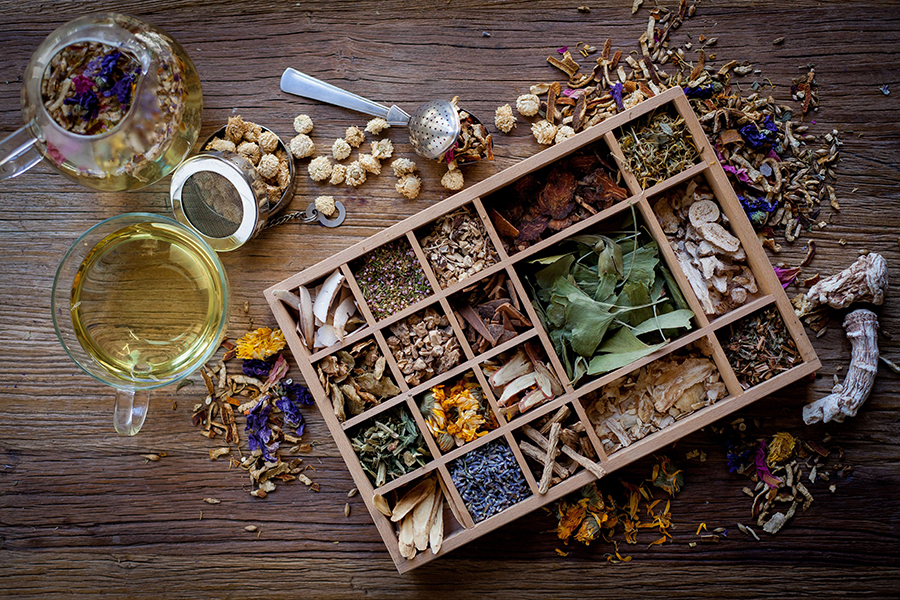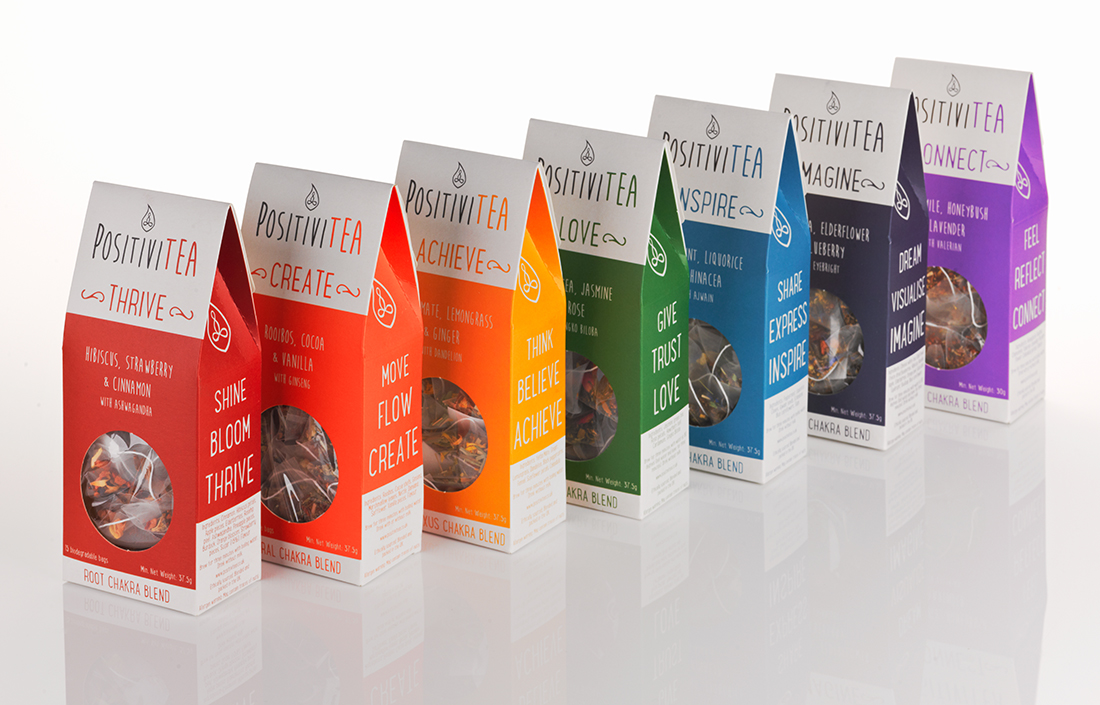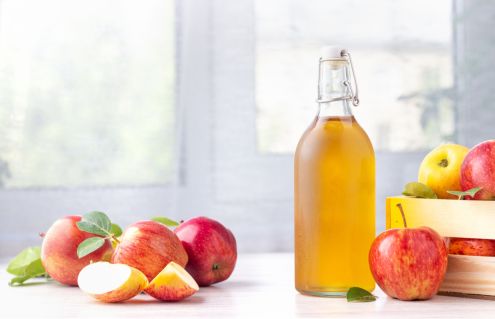Health benefits of tea
We know tea is high in antioxidants, but what can it really do for our health? Danielle Woodward investigates...

THE HYPE
A foreign princess is responsible for the Brits’ love of tea – in the 17th century, Catherine of Braganza, in Portugal, brought her tea-drinking custom to the English court, as the queen of Charles II. Today, we drink 165 millions cups of tea every day in the UK (compared with 70 million cups of coffee), and the number of different varieties of tea, from rooibos to camomile and lapsang to matcha, has risen by 82 per cent in the last 10 years.
When once you just had to choose between milk or sugar with your cuppa, today, the myriad herbal, flower, fruit, black, white and green options has meant that supermarkets now dedicate half an aisle to tea. The ancient Chinese proverb attests that it is ‘better to be deprived of food for three days than tea for one’.
THE FACTS
‘All tea starts its life as a leaf from the same plant: the Camellia sinensis,’ say Krisi and Mike, founders of Bluebird Tea Co. ‘The type of tea those leaves eventually end up as (black, green, white) is influenced by which part of the plant they are picked from, and what treatment they have been through once they are picked. This also influences the caffeine content. The amount of caffeine that actually ends up in your body is on a wide varying scale with many influencing factors such as age of leaf, water, temperature, steeping time and so on.’
‘Green and white tea is usually steeped at a lower temperature and for a shorter time, which gives the caffeine less chance to dissolve into the water. This doesn’t mean the original tea had less caffeine, just that less of it was released into the water,’ say Krisi and Mike. If you’re looking to avoid caffeine, it’s best to choose a naturally caffeine-free tea such as rooibos, which still contains catechins and polyphenols – potent antioxidants that mop up free radicals and help boost health.
For the latter benefits however, it’s the new breed of ‘superteas’ that are really causing a stir. Matcha is a 100 per cent green tea that has been ground to form a very fine powder. Doing so concentrates the potency of the leaves, giving matcha its vivid green hue. As the whole leaf is ingested, matcha is a far more potent source of nutrients than its steeped counterparts. It also contains a naturally occurring amino acid called L-theanine which, together with caffeine, appears to increase alertness.
- A study sponsored by the Tea Advisory Panel has also shown that decaffeinated tea hydrates you just as efficiently as water – with the added benefits of those antioxidants, too.
- Fluoride is important for dental health and tea is one of the best sources of fluoride in the diet. Research presented by Dr Carrie Ruxton to the UK Nutrition Society shows that the current average intake of tea falls short of the European fluoride recommendation, suggesting that tea intake should increase to access the benefits of fluoride for dental health.
- Both black and green tea have been linked with improved cognitive function, according to a new study. Commenting on the new research, Dr Tim Bond from the Tea Advisory Panel notes, ‘Tea has been associated with many mental health benefits such as improved mental attention, clarity of mind and relaxation.’
- The polyphenols and flavonoids in camomile tea have been proven to protect against thyroid cancer, according to a new study published in the European Journal of Public Health. Researchers found that camomile tea consumed two to six times a week reduced the risk of thyroid cancer by 700 per cent and benign thyroid disease by 84 per cent.
- Matcha contains a unique polyphenol called EGCG which has been shown to boost metabolism and slow or halt the growth of cancer cells.
The evidence is clear; our ancestors were on to something. Drink tea for its abundant health benefits – just be sure not to consume too much of the caffeinated variety.
New brand Positivitea, inspired by the body’s chakras and Ayurvedic medicine, has come up with a range of delicious, fragrant teas that target body, mind and spirit, as well as the taste buds. The aim is to restore balance by reaching for a tea that targets whichever chakra feels out of whack, helping the organs function well and counteracting the ailments associated with imbalance.
So, if you’re feeling in need of a creative boost, try the Create tea for the sacral chakra with rooibos, cocoa, vanilla and ginseng. Or, if you want to get your point across, try the Inspire tea for the throat chakra with peppermint, liquorice, echinacea and ajwain, to aid communication and soothe the throat.
After a stressful day, the Connect tea for the crown chakra, with camomile, honeybush, lavender and valerian, can help your chattering brain switch off and wind down. Or if you’re not feeling the love, give your heart chakra a boost with the floral Love tea with green tea, jasmine, rose and gingko biloba.










